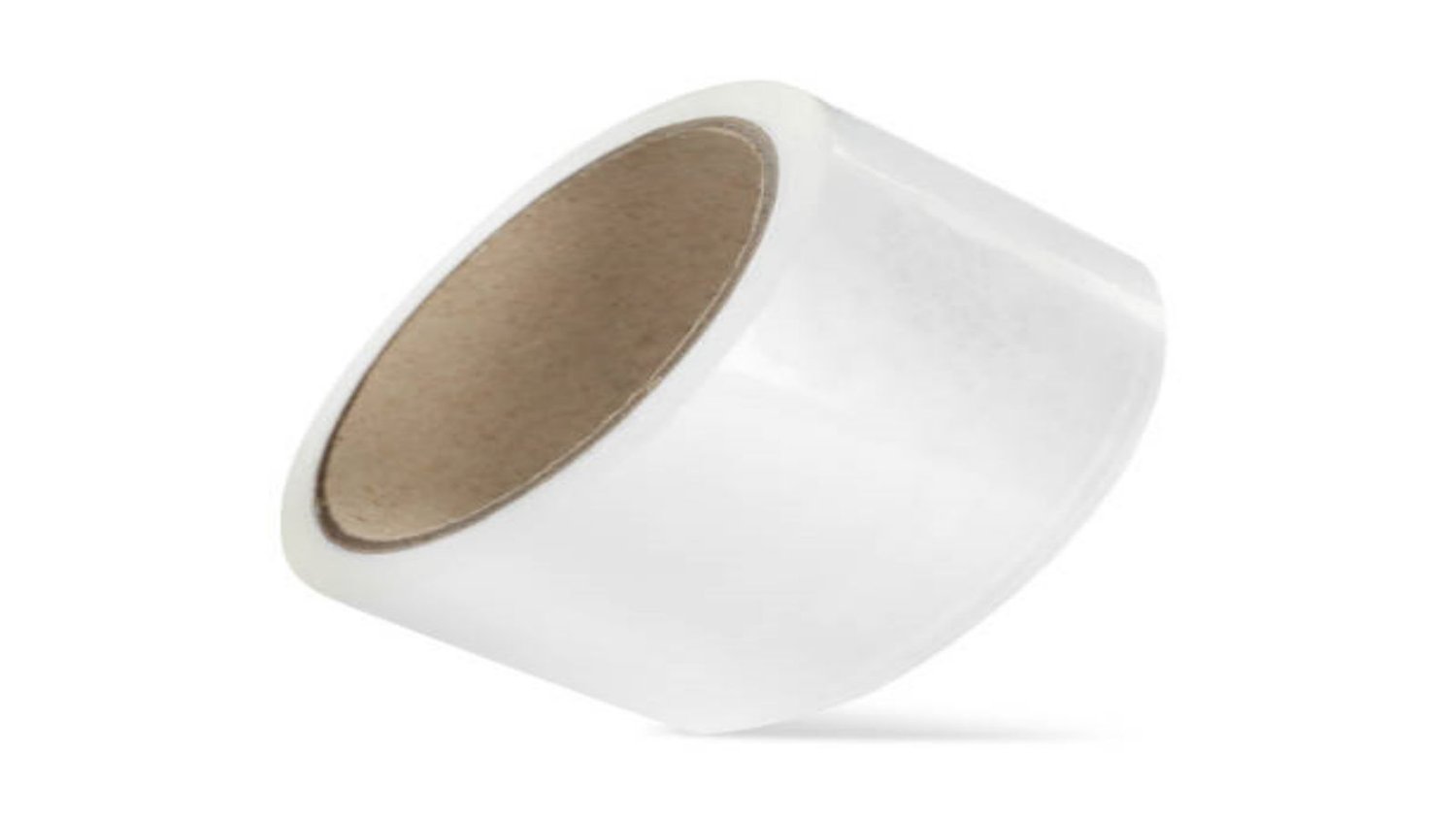The Benefits of Using Composite Strapping in the Construction Industry
Composite strapping is a versatile and durable solution that has gained popularity in the construction industry. Designed to secure and protect heavy loads during transportation and storage, composite strapping offers numerous benefits over traditional materials like steel or polyester strapping. In this article, we will explore the advantages of using composite strapping in the construction industry.
1. Enhanced Load Security
One of the primary benefits of using composite strapping in the construction industry is its enhanced load security. Composite strapping is made from a combination of high-tenacity polyester yarns and polymer coatings, which provide superior strength and resistance to impact. This ensures that even the heaviest loads remain secure and stable during transit, reducing the risk of accidents and damage to both the cargo and surrounding structures.
2. Lightweight and Flexible
Unlike traditional steel strapping, composite strapping is lightweight and flexible. Its low weight makes it easier to handle and maneuver during the loading and unloading processes, reducing the strain on workers. Additionally, its flexibility allows for better conformity to irregularly shaped loads, ensuring a tight and secure fit. This versatility is particularly beneficial in the construction industry, where loads often vary in shape and size.
3. Resistance to Corrosion
Composite strapping is highly resistant to corrosion, making it an ideal choice for construction sites where exposure to moisture, chemicals, and other corrosive substances is common. Unlike steel strapping, which can rust and weaken over time, composite strapping maintains its strength and integrity even in harsh environments. This resistance to corrosion extends the lifespan of the strapping and reduces the need for frequent replacements, saving both time and money.
4. UV Stability
Another advantage of composite strapping is its UV stability. Construction sites often expose strapping to direct sunlight, which can degrade the materials and compromise their effectiveness. Composite strapping is specifically designed to withstand UV exposure, ensuring its durability and load security even in outdoor environments. This makes it an excellent choice for construction projects that involve outdoor storage or transportation.
5. User-Friendly
Composite strapping is user-friendly and easy to handle, making it a popular choice among construction industry professionals. It does not require special tools for tensioning and sealing, reducing the need for additional equipment and training. The strapping can be easily cut to size using standard tools, allowing for quick and efficient application. Its user-friendly nature helps streamline operations and improve productivity on construction sites.
6. Cost-Effective
While composite strapping may initially seem more expensive than traditional strapping materials, it offers long-term cost savings. Its durability and resistance to corrosion and UV exposure reduce the need for frequent replacements, resulting in lower maintenance and material costs. Additionally, the lightweight nature of composite strapping reduces shipping costs, as it contributes less to the overall weight of the load. These cost-effective benefits make composite strapping an attractive choice for construction companies.
7. Environmental Friendliness
Composite strapping is an environmentally friendly alternative to steel strapping. Unlike steel, composite strapping does not produce sharp, potentially hazardous edges when cut, reducing the risk of injuries. Additionally, composite strapping is recyclable, contributing to waste reduction and sustainability efforts. Construction companies that prioritize environmental responsibility can benefit from using composite strapping as part of their packaging and securing solutions.
8. Compliance with Safety Standards
Using composite strapping in the construction industry helps ensure compliance with safety standards and regulations. Composite strapping is designed to meet stringent industry requirements for load securing, providing a reliable and safe solution for transporting heavy construction materials. By using composite strapping, construction companies can demonstrate their commitment to safety and minimize the risk of accidents and injuries.
9. Versatility
Composite strapping offers versatility in its applications within the construction industry. It can be used to secure a wide range of materials, including lumber, pipes, steel beams, and concrete elements. Whether it's for securing loads on trucks, reinforcing pallets, or bundling construction materials, composite strapping provides a flexible solution that adapts to various construction needs.
10. Longevity
Composite strapping has a long lifespan compared to other strapping materials. Its resistance to corrosion, UV exposure, and wear ensures that it remains reliable and effective over an extended period. This longevity minimizes disruptions caused by strapping failures, reducing downtime and improving operational efficiency on construction sites.

